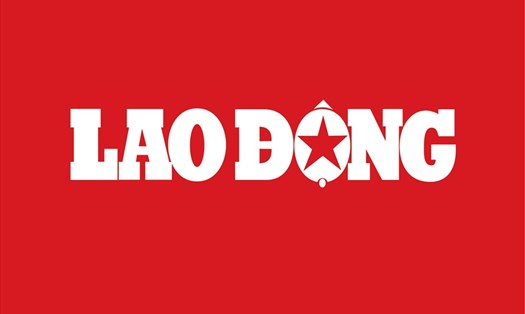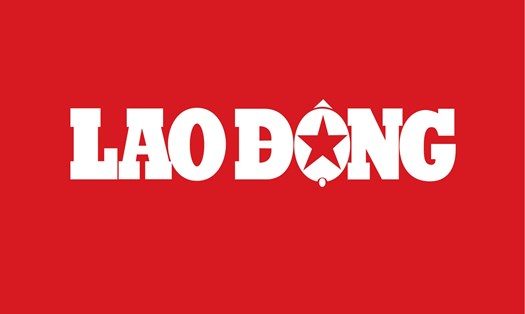Spanish newspaper El Pais reported on June 26 that NATO may make a decision to send thousands of soldiers to the Russian front gateway, and may cut off all relations with Moscow.
NATO member states are ready to turn Eastern Europe into a fortress with thousands of soldiers and a large amount of military equipment amid concerns about a potential Russian attack - El Pais explained, citing sources familiar with the ongoing negotiations at the military blocs headquarters in Brussels ahead of the summit scheduled for June 28 to 30.
The newspaper wrote that the US-led North Atlantic Treaty Organization wanted to send a message "ready to respond to any act of aggression". At the upcoming summit, NATO will also discuss increasing defense spending and general funding for the bloc, according to the newspaper.
The main debate in Madrid will be between Eastern European countries which want to turn their battalions into strong armed brigades stationed long-term in their territories and other countries, such as the US or Germany which want to continue their current rotation strategy and only increase in case of conflict or crisis, Jamie Shea, a former senior NATO official at the Southern Denmark University for the Study of War, told El Pais.
However, even if the bloc decides to strategically "deploy more gently", the number of NATO troops in Eastern European member states could double. According to El Pais, NATO forces in Poland and the Baltic countries - now consisting of 1,000 to 1,600 soldiers - will double in scale and also have greater autonomy and more sophisticated weapons.
However, if Latvia, Lithuania and Estonia demand an increase, NATO forces could reach the division level - giant units with up to 15,000 troops commanded by generals. Latvia, Lithuania and Estonia are said to have requested a total of 15,000 to 50,000 troops.
In mid-June, Reuters quoted diplomats and senior officials from NATO's top countries as saying that the Baltic countries will not be allowed to increase their troops. The region already has about 5,000 multinational soldiers before Russia launched a military campaign in Ukraine in February.
Polish Defense Minister Mariusz Blaszczak also confirmed that he wanted NATO to increase troops to the country's territory, adding that the bloc's eastern flank would need "special attention for a long time".
NATO has redoubled its presence in member states bordering Ukraine since Russia began its military campaign in late February. Along with that, Hungary, Romania, Slovakia and Bulgaria are home to about 40,000 NATO soldiers, according to El Pais. NATO's weapons in the area include 130 fighter jets in maximum alert status and 140 warships. The US military presence in Europe has also increased from 70,000 to 100,000 troops since February.
According to El Pais, NATO will significantly change the way it officially recognizes Russia when updating its strategic concept. To date, Russia has been seen as a no threat to NATO, while relations with Russia have been described as of strategic importance.
El Pais newspaper quoted sources as saying that NATO's new strategic concept will consider Russia a "direct and imminent threat" capable of attacking any NATO member state. NATO Secretary General Jens Stoltenberg has also warned that Russia will be considered a "threat" in the strategic update.
China - a country not previously named in the strategic concept - will also appear in the new document. China will be seen as a "geo- strategic and systematic challenge" - an identification that shows the reluctance of NATO members in Europe to strain relations with Beijing, according to El Pais.









